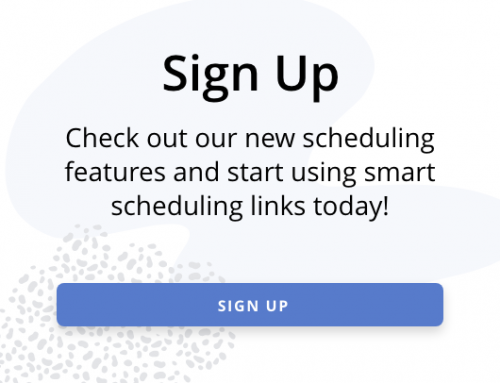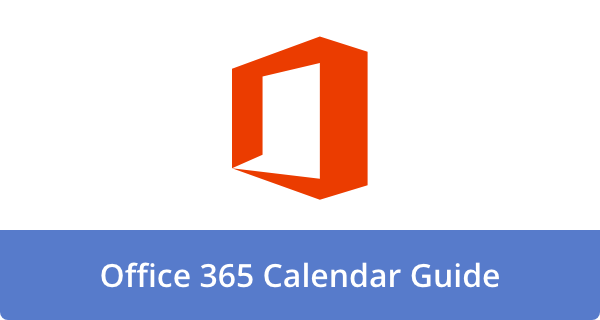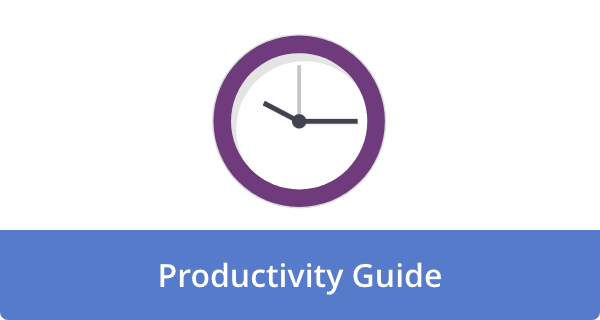

Scaling your business isn’t a decision you make lightly, as it takes meticulous planning and choosing software that’s powerful enough to grow with you. After all, your company can’t function if your tools are only robust enough to work with your current size.
It’s inefficient to update the platforms you use again as your needs increase. You want tools you can trust to handle your company’s transitions smoothly and effectively. Here’s how to choose your business’s software so it allows you to scale efficiently.
Identify Streamlining Opportunities
Scaling can happen vertically or horizontally. Take the example of product lines. With a vertical approach, you’re adding new features, tiers, and options. But a horizontal approach means you’re expanding into different territory. You’re acquiring a new product line altogether or expanding into previously undeveloped markets.
The same could be said for your human resources. As you scale, you might be onboarding additional staff to existing departments. On the other hand, you could be bringing employees on board to fill newly created roles. They’ll be part of departments that didn’t exist before.
Keep in mind it’s also possible to scale vertically and horizontally at the same time. It’s a more ambitious strategy, but it does happen. With any approach, you’ll want software that can streamline staff resources and procedures. Think about the onboarding process and company contacts as examples.
When employees come on board, they need access to your company’s directory. Knowing who’s who and their contact information are essential. Creating a global address list and using syncing software like CiraSync to deploy the list to employees’ devices saves time. Staff get up-to-date information about who to contact and how. You don’t have to constantly modify intranet directories or distribute extra documents that may not always have accurate information.
Determine Your Biggest Pain Points
Before you take your company to the next level, think about what your top struggles are now. Are you experiencing unreasonable lag time between shipments, which compromises inventory and customer satisfaction? Maybe you’ve noticed you’ve got too much of certain products and not enough of those in high demand. Furthermore, the time it takes to move products from warehouses to stores is unacceptable.
From these issues, you determine you need software with more accurate demand forecasting. You also require a tool that can centralize inventory management and optimize your supply chain. Selecting a cloud-based tool such as Kinaxis RapidResponse for supply chain planning may fit your needs. You’ll address inefficiencies while supporting your company’s ability to handle growth.
A key to success is having strategic systems in place. However, those systems must facilitate your company’s growth plans. Say you plan to expand your retail footprint by two stores a year. In theory, you’ll be breaking ground in new cities every six months.
How will you forecast product demand for each of these locations while maintaining accurate predictions for your current stores? Do you have the infrastructure to transfer inventory in time to meet consumer demand in each place? Part of determining your biggest pain points is anticipating what hiccups scaling might bring.
Consider Integration Capabilities
Scaling your business doesn’t mean you’re getting rid of all the software you currently use. You may have platforms you’ll want to keep. As you consider new tools, evaluate how well they’ll integrate with existing ones.
The last thing you want is to deploy new software only to experience glitch after glitch. Worse, incompatibility issues may cause multiple platforms to crash. This is a waste of resources and will impact how customers perceive your brand. The long-term losses from missteps like these could surpass the short-term damages.
Say you’re thinking about implementing a different customer support software platform. It has self-service capabilities, something your company has identified as a pressing need. Will the tool work with your email system? For instance, are there any known issues between the platform you’re considering and Office 365? Identify if there are reports of syncing errors between the new tool and any systems it needs to integrate with.
More importantly, make sure you test the software you’ve got your eye on during the evaluation stage. Known bugs are one thing. Yet, there could be unknown compatibility and functionality issues. Don’t feel rushed to decide until you’re confident you can seamlessly integrate the tool you’re considering.
Get User Feedback
A critical aspect of software selection is prioritizing how user-friendly it is for your business. You can’t determine this by only looking at online reviews and giving the software a test run yourself. You’ve got to outline who amongst your team will use the application. Then, turn the tool over to them and let them play with it.
As part of the evaluation process, you should be able to get your hands on a demo. Using this demo to only test it from a technical standpoint is shortsighted. You need your non-technical team to also participate in the process.
This way they can tell you whether they find the app easy to use. They’ll pinpoint potential issues with navigation and features. For example, maybe there are too many bells and whistles, making the tool challenging to understand. If the application is too complex, chances are the team won’t use it to its full potential.
Overly complicated features could also lead to process inefficiencies and mistakes. The intended user may develop workarounds instead, defeating the tool’s purpose. Worse, a low user-friendly rating could lead to low adoption. This means your team may not even use the app you’re considering spending precious resources on. Also, think through short-term and long-term training needs when gathering user feedback.
Look At Security
With growth comes more risk. Some of those threats come from additional regulations, sensitive data, and intellectual property. Your strategies may mean entering a new industry with unfamiliar compliance standards. The business software you select will likely need to be compliant with those standards and come with robust security features.
If you’re entering a different market, such as California, you might need to strengthen your data privacy practices. The tools you’re thinking about selecting will need to comply with current regulations and be adaptable. Most regulations, including those concerning consumer privacy, rarely remain stagnant. They evolve, especially where tech is used as a means of protection.
Vetting the software vendor should go without saying. How serious is the vendor about app security? What measures do they have to protect sensitive information and comply with changing regulations? Depending on your current and planned footprint, you might need to consider tools that comply with international laws.
This can increase the complexity of the security features you’ll need. At the very least, you’ll want strong encryption, the ability to control user permissions, regular updates, and robust monitoring. But you might also want to consider tools with security features that help your company guard against hidden threats. If you’re in a highly targeted industry, such as finance, your software security needs will need to cover multiple bases.
Scaling Your Business With the Best Software
Selecting functional software should be a part of your strategy to scale. What you’re using now may work, but it also may be insufficient for your growing demands. Knowing how to identify this during the planning process will save you from getting into a pickle down the road.
By looking for streamlining opportunities and determining your biggest pain points, you’ll recognize your company’s needs. If your current tools fulfill those, great. But chances are, some of the apps don’t or you wouldn’t have identifiable gaps. After you’ve outlined those gaps, evaluate integration capabilities, user-friendliness, and security features. Most of all, don’t let short-term gains overshadow long-term implications.
Featured Image Credit: Photo by Fauxels; Pexels; Thank you.











Deanna Ritchie
Editor-in-Chief at Calendar. Former Editor-in-Chief, ReadWrite, Editor-in-Chief and writer at Startup Grind. Freelance editor at Entrepreneur.com. Deanna loves to help build startups, and guide them to discover the business value of their online content and social media marketing.